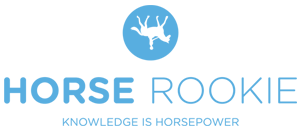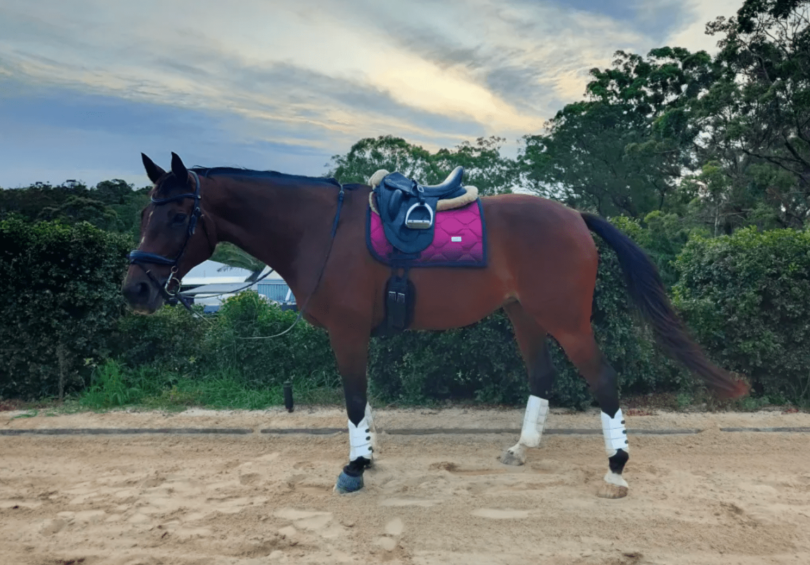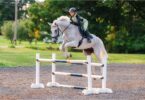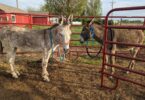Hi my name is Andrea and I’m a recovering perfectionist. Just kidding. But in all seriousness I often joke about the fact that I’m a perfectionist overachiever.
Within the equine world,
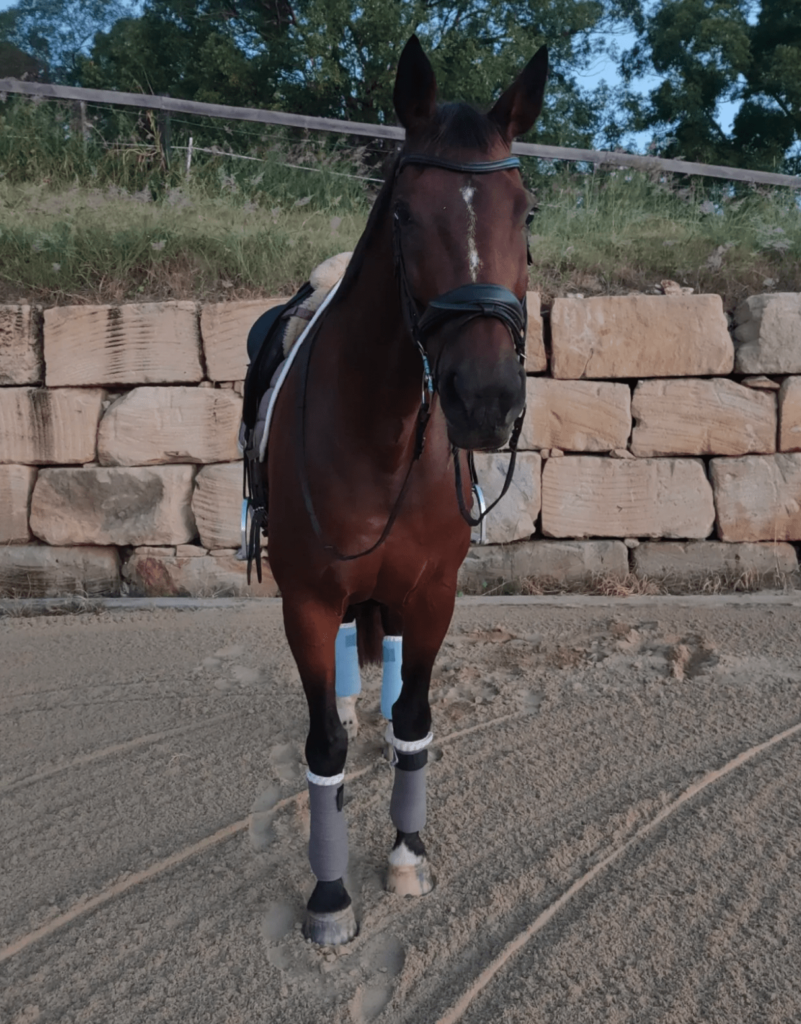
In the past I think those stereotypes are something that I’ve embraced. I’ve worn these labels almost as a badge of honour. The irony of this, I think, is it’s probably my desire for perfection that’s hampered my growth the most.
You could be forgiven for thinking this sounds counter intuitive. Surely the pursuit of perfection is central to the sport of
The idea of perfectionism comes with such an arrogant assumption that you could ever be perfect at something. Whereas that moment when you accept that you are not perfect at all and in fact the idea that you even judge yourself by the idea of something being perfect, which is an unrealistic expectation in the first place. Then you can forgive yourself and try a few new things. And I think, be a better person.
Will Anderson on the Wilosophy with Wil Anderson podcast
In being a so-called perfectionist, in pursuing perfection I have at times placed enormous amounts of pressure on myself. Pressure to be performing at a certain level. Pressure to be achieving certain results. Pressure to always be learning the next thing. Pressure to be better each and every single ride.
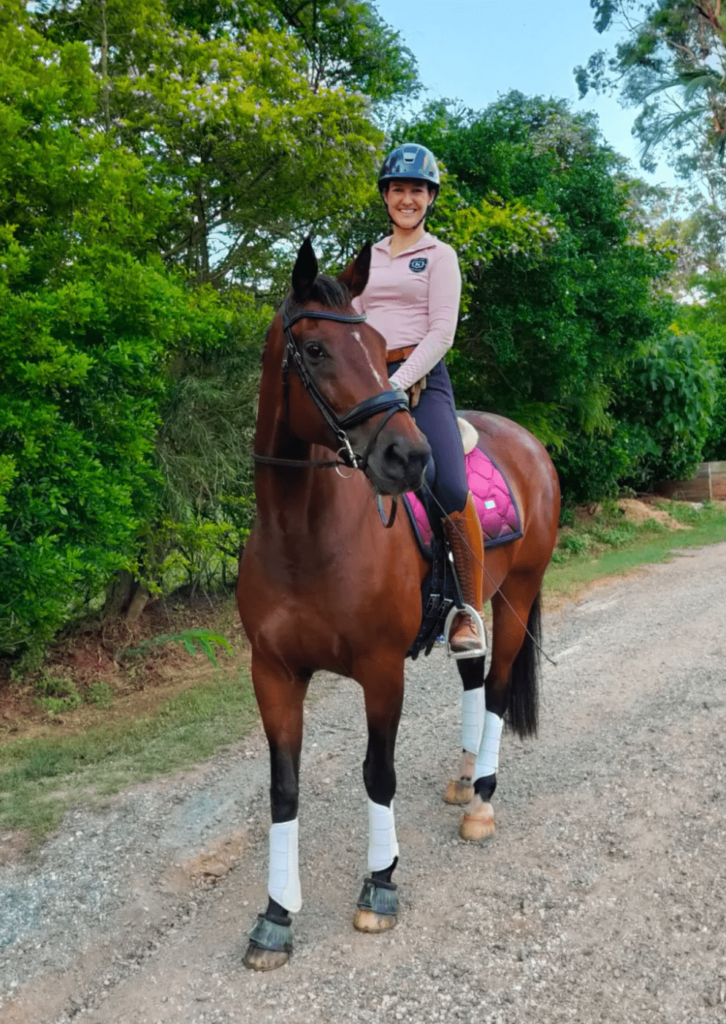
And while some degree of that mindset is probably required for growth, too much of it can be paralysing. While I wouldn’t say I was paralysed, I can now see that the pressure I was placing myself under was holding me back because it was too much.
In the past when I faced a challenge or got stuck, I would keep trying the same old thing, because I was too afraid to try something different. I was afraid of getting it wrong and ruining my horse. I was afraid that I would make things worse.
And maybe all of those things are fine if you have the luxury of having a coach with you every second of every ride. But during my time in Mackay I was lucky to get a lesson every couple of months. That meant a lot of time riding on my own. A lot of time facing up against challenges. And quite frankly, a lot more time than I’d like to admit getting frustrated and stuck.

So how do you disentangle yourself from the pursuit of perfection? I can’t tell you what will work for you, but I can share my experience in the hope that it might give you a little more insight into how you can start to refocus from perfection to progress – whatever that looks like in your journey.
They say that the first step to recovery is admitting that you have a problem.
For me I knew that I was stuck and I knew that I was afraid to try different things, but I didn’t actually realise that it was this perfection that was at the root of this fear.
If you are interested in working with a performance coach, the advantage of this offer!
Working with the performance coach has been a game-changer for me. Those of you who’ve been following along for a while, will be aware that I first started working with Dani Pooles from Dressage Plus when I was ready to start tackling my competition nerves.
With my competition nerves now largely under control/manageable, I’ve been able to focus on other aspects of mindset. During a session with Dani last week it was like a light flicked on and I suddenly realised that it was the pursuit of perfection that was behind the pressure I had been putting on myself.
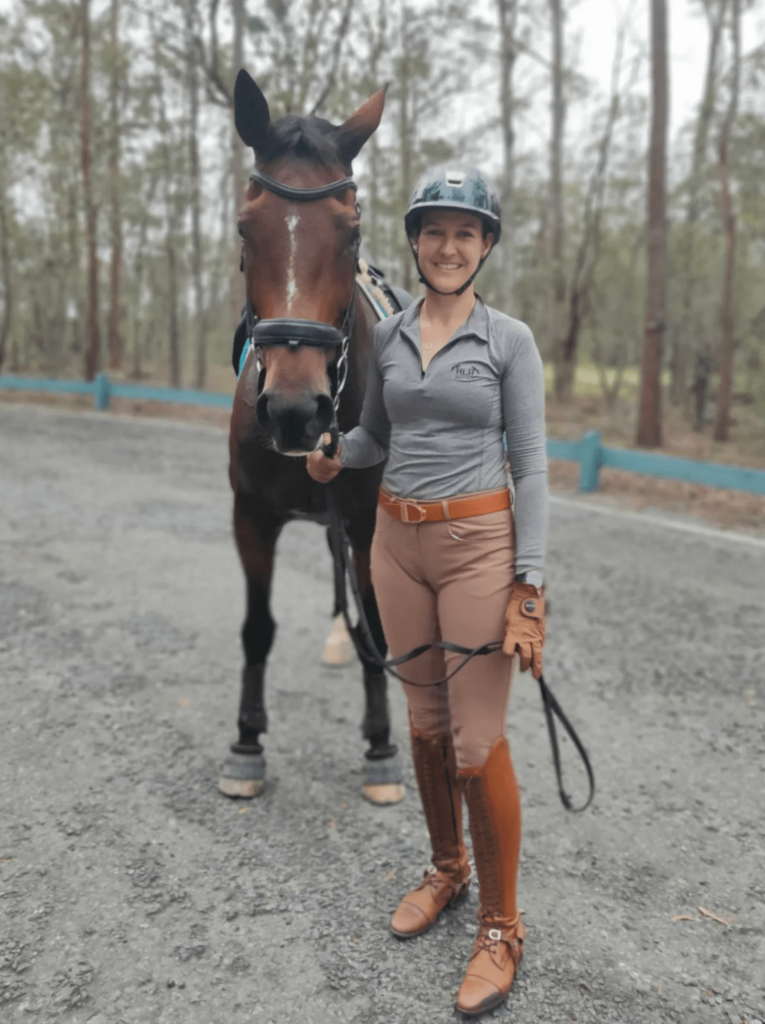
The other piece of the puzzle was that the coach I’m working with, Gary Lung, was telling me how the riders he watched over in the states would ‘play’ with the higher-level movements with their horses. He explained how for instance, once the canter was ready, play with a couple of flying changes and then leave them be. Or how you might start to introduce the short steps, play with that for a little bit, then put it away for a little bit.
The pressure has been lifted as we’ve started to make more consistent progress over the last few months and I’ve developed a little more confidence that I can actually feel when Nonie gives me work that is correct or at least better. And consequently I found myself trying things differently when what I was doing wasn’t working. For example, I’ve found myself playing with a little feeling of short steps to bring her withers up in the walk and suddenly we have a half halt!
P.S. Enjoy this article? Trot on over to:
- 10 Best Horse Riding Helmets (Dressage, Jumping, etc.)
- 5 Reasons to Switch (One K Defender Air Helmet Review)
- Ariat Telluride Boots Review
- Ariat Heritage Lacer II Boot Review
- 9 Best boots for western horseback riding
- Equestrian Hit Air Vest Review: My Favorite Fall in 30 Yrs
